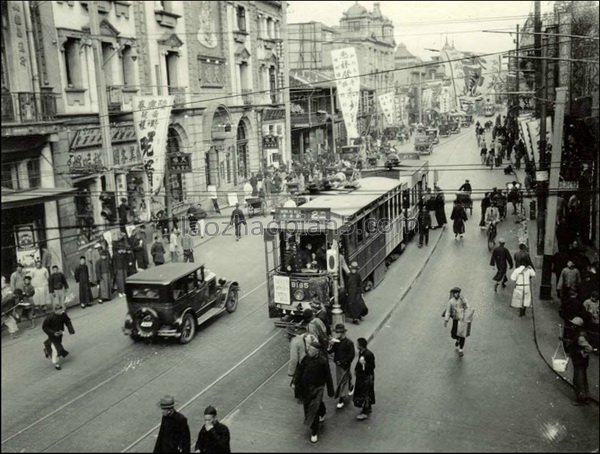[Embroidered Thangka of Le Vajra]
Embroidered Thangka of Le Vajra is 93 cm long and 68.5 cm horizontal
Shangle Vajra, also known as Shengle Vajra, is the master of common cultivation among the Nyima, Sakya, Kagyu and Gelu sects in Tibetan Buddhism. There are many kinds of images of Shangle King Kong. This is a common bipedal figure with four sides and twelve arms. The four sides of Shangle Vajra are different in color. The center side is blue, and the left, right and rear sides are white, red and yellow, respectively, representing four causes and virtues of surrender, disaster relief, love, and gain. There are three eyes on each side, which means that you can look into the past, present and future. Wearing a skull crown indicates impermanence and bravery. The neck is hung with rosary beads strung by 50 human skulls. The two arms symbolize 12 truths, and each hand holds different magic tools. The left and right main arms hold the diamond bell and the diamond pestle respectively, and embrace the Princess Vajrayana; The left auxiliary arm holds a corner of white elephant skin from top to bottom, holds a Ka Zhang Ga, holds a Ka Ba La bowl, holds a silk rope, and holds a Shiqi Ke seal; From top to bottom, the right auxiliary arm holds a corner of white elephant skin, a gabala drum, a long-handled diamond axe, a trident, and an axe. The body is dark blue, the back is covered with white elephant skin, and the waist is covered with tiger skin skirt, which symbolizes fearlessness and bravery. Right-handed, with one man and one woman on his feet, shows that he has subdued his anger and lust. The Vajra Hai mother has a red body, three eyes and two arms on one side, and wears a skull crown on the head. She looks angry. Her left hand embraces the Lord, and her right hand holds the Vajra pestle high. Her legs surround the Lord’s waist, showing a happy and happy appearance. The upper right of Shangle Vajra is an Indian great achiever, the upper left is the founder of the Yellow Sect, and the lower part of the picture is a six-armed dark sky. This Thangka is made of silk and is embroidered with plain gold, stitches, flat embroidery, and needlework. It is one of the finest Thangkas in the Palace Museum.
![图片[1]-Embroidery on music Vajra Thangka-China Archive](https://chinaarchive.net/Qing dynasty/Court religion/21170[1024].jpg)
![绣像上乐金刚唐卡题签 图片[2]-Embroidery on music Vajra Thangka-China Archive](https://chinaarchive.net/Qing dynasty/Court religion/21171[1024].jpg) 绣像上乐金刚唐卡题签
绣像上乐金刚唐卡题签





![[Qing Dynasty] British female painter—Elizabeth Keith, using woodblock prints to record China from the late Qing Dynasty to the early Republic of China—1915-China Archive](https://chinaarchive.net/wp-content/uploads/2022/11/image-191x300.png)